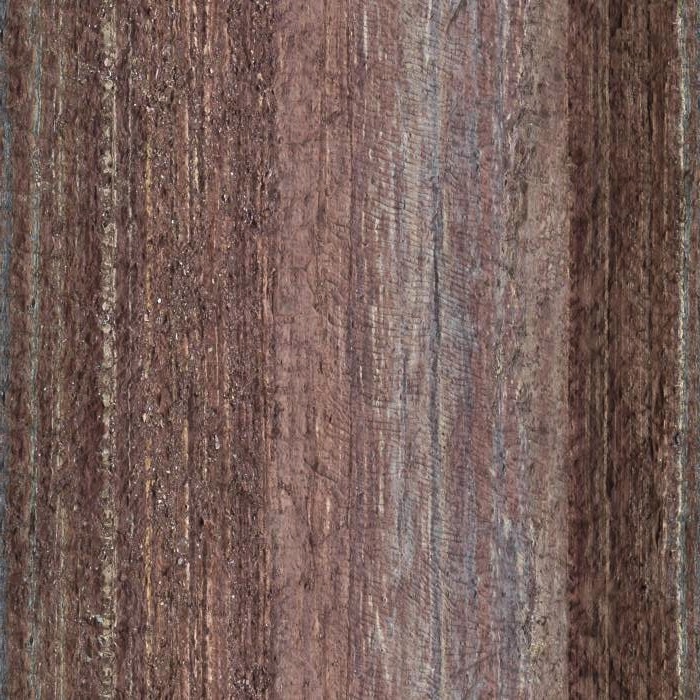Click on a topic below to expand the content for that topic.
Rocks & Stones
I like to have a hand in the creation of not only my jewelry pieces, but in some of the materials they're made of.
One of the things I enjoy doing is tumbling and cabbing my own rocks.
Jaspers and agates and other hard stones are very receptive to this treatment.
Tumbled stones have a "natural" look that many people enjoy, and by making my own cabochons, I can give them a standard treatment of a regular shape, or let the rock "speak to me" and become a more flowing, free-form piece.
Other softer stones do not reach a pleasing result in a tumbling process, so I manually try to coax their best aspects to emerge using time-honored lapidary techniques of cabochon-making.
I do not use dyed or color-altered stones to the best of my ability to determine these things. Like most materials in the gem trade, some rocks are treated by one or more agents either in nature or after they are mined and it is considered standard for that material. For instance, natural gold tigereye is sometimes heated by nature or man to become red tigereye. These changes are permanent and are at a molecular level, so I don't find this an issue in these cases.
More often than not, Mother Nature does an exceptional job in this regard without our intervention, and her results are fine by me! Beads, however, are a different story; I buy those, they are sometimes color-enhanced, and that’s just the way it is.
One of the things I enjoy doing is tumbling and cabbing my own rocks.
Jaspers and agates and other hard stones are very receptive to this treatment.
Tumbled stones have a "natural" look that many people enjoy, and by making my own cabochons, I can give them a standard treatment of a regular shape, or let the rock "speak to me" and become a more flowing, free-form piece.
Other softer stones do not reach a pleasing result in a tumbling process, so I manually try to coax their best aspects to emerge using time-honored lapidary techniques of cabochon-making.
I do not use dyed or color-altered stones to the best of my ability to determine these things. Like most materials in the gem trade, some rocks are treated by one or more agents either in nature or after they are mined and it is considered standard for that material. For instance, natural gold tigereye is sometimes heated by nature or man to become red tigereye. These changes are permanent and are at a molecular level, so I don't find this an issue in these cases.
More often than not, Mother Nature does an exceptional job in this regard without our intervention, and her results are fine by me! Beads, however, are a different story; I buy those, they are sometimes color-enhanced, and that’s just the way it is.
Semi-precious Gems
I buy precious and semi-precious gems, sometimes in rough, sometimes cut and faceted or made into cabochons.
One of my favorite personal jewelry items is a flat piece of green tourmaline rough which I wrapped with sterling wire.
It garners second looks and compliments whenever I wear it.
Other stones look good with that treatment, including aquamarine.
Still others look exceptional with a minimal amount of faceting, while there are some that look better as cabochons.
Larger faceted stones can take a LOT of wire to wrap because of their depth.
Smaller ones will generally be placed in "snapsets", small silver cups that hold a stone securely, and incorporated into the design that way.
One of my favorite personal jewelry items is a flat piece of green tourmaline rough which I wrapped with sterling wire.
It garners second looks and compliments whenever I wear it.
Other stones look good with that treatment, including aquamarine.
Still others look exceptional with a minimal amount of faceting, while there are some that look better as cabochons.
Larger faceted stones can take a LOT of wire to wrap because of their depth.
Smaller ones will generally be placed in "snapsets", small silver cups that hold a stone securely, and incorporated into the design that way.
Other Materials
I am a huge fan of pearls in all colors. Baroque pearls, with their irregular forms, can become a very unique pair of earrings or a pendant, needing very little by way or ornamentation. I do not object to pearls being dyed any color whatever.
I also like coral, mother of pearl, and shell, perhaps because I love the beach.
Amber is another natural substance that's sometimes considered a "stone" even though it's not.
I also occasionally use wood, bone and horn, particularly in pendants, or in "ancient" style jewelry.
Recently, I have begun to use inlaid beads and mixed metal pendants imported from Afghanistan, Nepal, and India; they combine to make unusual one-of-a-kind designs.
I also like coral, mother of pearl, and shell, perhaps because I love the beach.
Amber is another natural substance that's sometimes considered a "stone" even though it's not.
I also occasionally use wood, bone and horn, particularly in pendants, or in "ancient" style jewelry.
Recently, I have begun to use inlaid beads and mixed metal pendants imported from Afghanistan, Nepal, and India; they combine to make unusual one-of-a-kind designs.
Crystals
I am not a fan of Swarovski crystals, something I will be the first to admit.
I think they are lovely, but I also think they are overpriced and overused.
I will occasionally use Celestial crystals (an Asian brand), but I prefer Czech fire-polished glass as an accent. I also occasionally use Austrian or German crystals.
I think they are lovely, but I also think they are overpriced and overused.
I will occasionally use Celestial crystals (an Asian brand), but I prefer Czech fire-polished glass as an accent. I also occasionally use Austrian or German crystals.
Lampwork Glass
I love lampwork beads, whether commercial ones or those made by my friend Renee Rutkowski, whose work I hope to feature in my designs.
The name "lampwork" refers back to their original manufacturing process, which was done using small amounts of glass heated in the flame of an oil lamp, made hotter by the artist blowing air through a pipe into the flame. Thus, they were "lamp-worked".
The name "lampwork" refers back to their original manufacturing process, which was done using small amounts of glass heated in the flame of an oil lamp, made hotter by the artist blowing air through a pipe into the flame. Thus, they were "lamp-worked".
Other Glass
Sometimes I like to make things that look ancient, even though they're not.
"Antique" looking glass beads will sometimes find a place in those designs. I enjoy vintage glass beads from the 1930s-1950s. On the rare occasions when I can find them, I like ancient Roman glass beads or Hebron glass, but due to the political situation in the Middle East, those materials are now essentially unobtainable.
Recycled glass beads, made in Africa and South Asia from discarded bottles and other materials, will sometimes find a place in my designs, as will sandcast glass beads or other trade beads from Africa.
I also have an affection for "beach glass", colored glass that has been subject to tumbling and smoothing by the action of waves against sand. Nowadays, most "beach glass" has never been near the ocean; it is made by a more routine tumbling process. But it can produce lovely pieces all the same.
"Antique" looking glass beads will sometimes find a place in those designs. I enjoy vintage glass beads from the 1930s-1950s. On the rare occasions when I can find them, I like ancient Roman glass beads or Hebron glass, but due to the political situation in the Middle East, those materials are now essentially unobtainable.
Recycled glass beads, made in Africa and South Asia from discarded bottles and other materials, will sometimes find a place in my designs, as will sandcast glass beads or other trade beads from Africa.
I also have an affection for "beach glass", colored glass that has been subject to tumbling and smoothing by the action of waves against sand. Nowadays, most "beach glass" has never been near the ocean; it is made by a more routine tumbling process. But it can produce lovely pieces all the same.

